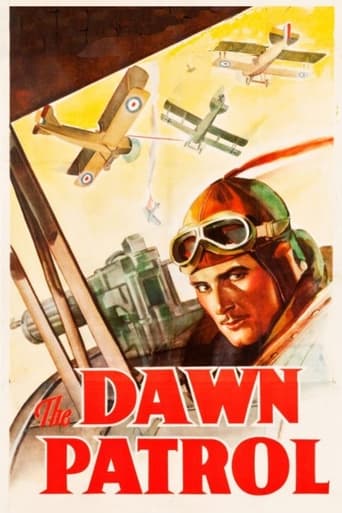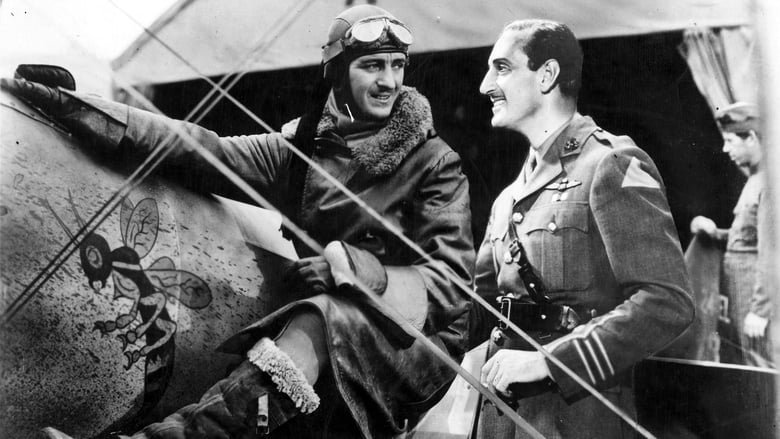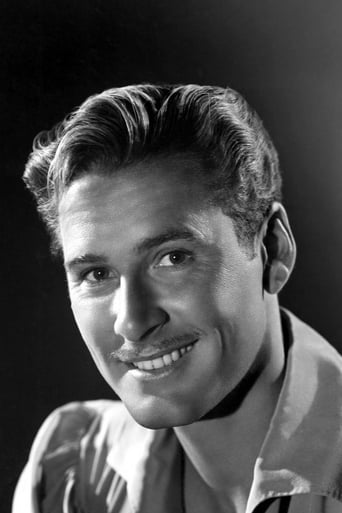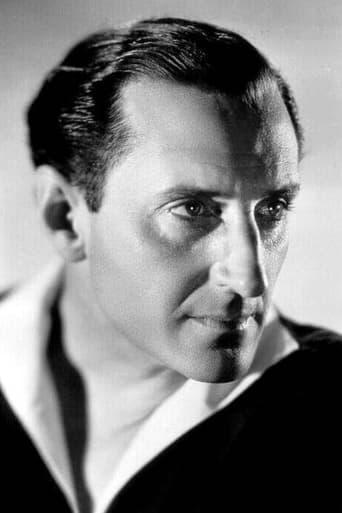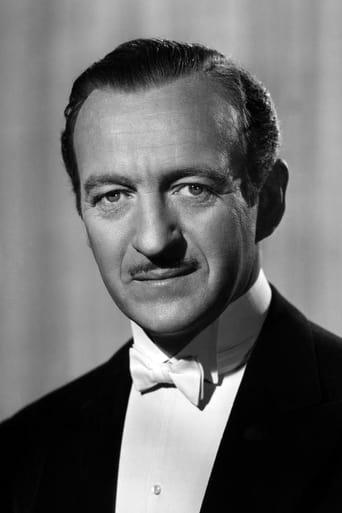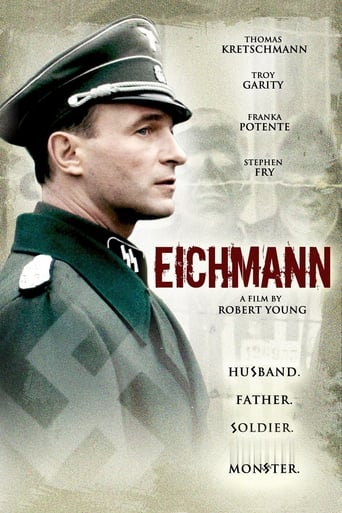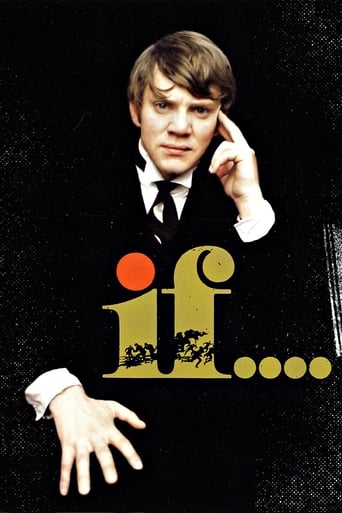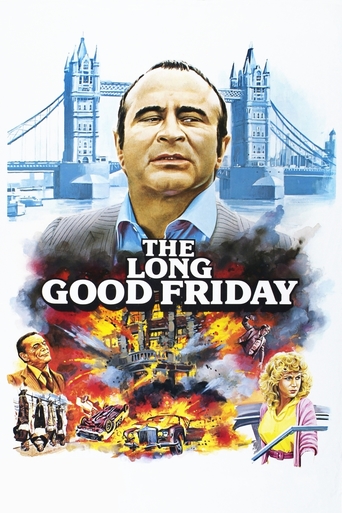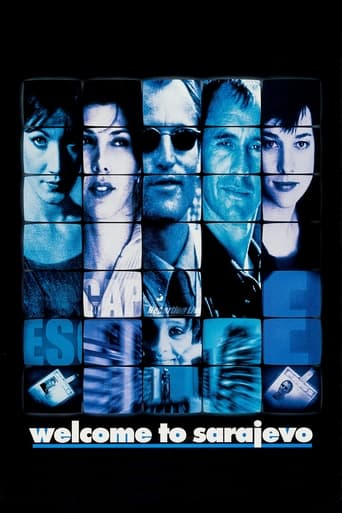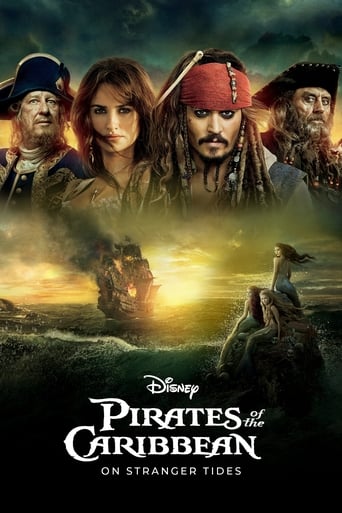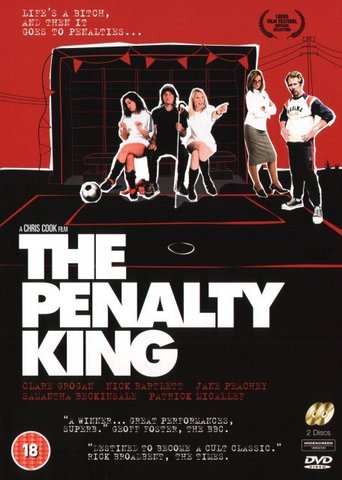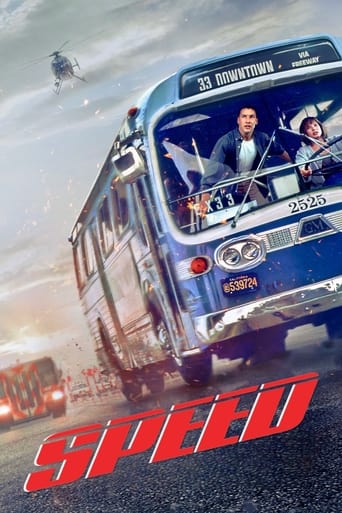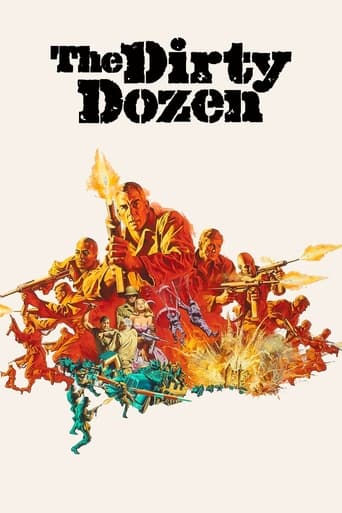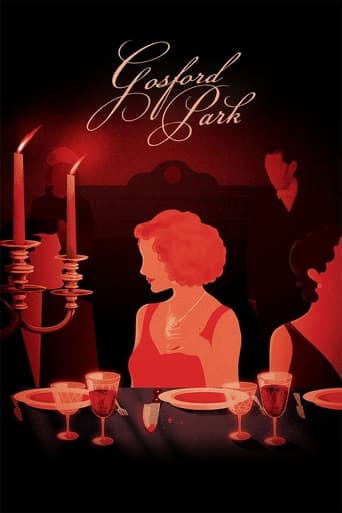The Dawn Patrol (1938)
In 1915 France, Major Brand commands the 39th Squadron of the Royal Flying Corps. The young airmen go up in bullet-riddled "crates" and the casualty rate is appalling, but Brand can't make the "brass hats" at headquarters see reason. Insubordinate air ace Captain Courtney is another thorn in Brand's side...but finds the smile wiped from his face when he rises to command the squadron himself. Everyone keeps a stiff upper lip.
Watch Trailer
Cast


Similar titles
Reviews
One of the last movies before WWII to have a "futility of war" theme like All quiet on the Western Front (1930). The nobility and bravery of these fliers would continue, but the negative psychological effects of men in war and the philosophical discussion of war itself would have to wait until the war that came after the war to end all wars.There are some outstanding aerial bombing scenes and dogfights (from the original 1930 Howard Hawks film) and the remake script called for some difficult acting and the entire cast delivers. Some say this is Errol Flynn's best performance and showed his seldom used ability to deliver a great real role with emotion and humanism, and that he was more than a handsome star with a seductive smile.
Fast-paced yarn of the Royal Flying Corps in 1915 France. The crates are falling apart, the death rate grows apace, but the seasoned fliers keep a stiff upper lip and all that. Flynn and Niven are two of the aviators under Squadron Commander Basil Rathbone. Everyone seems to be having a good time, except when they're being shot to pieces, except Rathbone who has been turned into a bundle of nerves by his responsibility for sending men up to die in those fragile crates.Rathbone is promoted out, and Flynn is made commanding officer. Now the burden rests with him and he gives up his profligate ways. Niven's brother arrives fresh out of flight school and Flynn, following orders, sends him on a mission from which he doesn't return. Riddled with guilt, Flynn flies a suicide mission, blows up a huge ammunition dump, and downs a couple of enemy planes before he himself is killed by von Richter, the ace. Niven is promoted to command and the whole lousy cycle begins again.(Kids: This story is about what we call "World War One." That's the war that came before "World War Two." The British were fighting against the Germans. The US entered the war late, on the side of the British. PS: We won.) The performances are okay, but the story now seems pretty dated, what with its heavy moral message in tow -- war is hell. I suppose it's an anti-war movie. The drunken recreation between missions is desperate and frantic. And in a climactic speech after Flynn's death, Donald Crisp as the adjutant spells it all out for us. The war is savage and destructive, just as the next one will be. Crisp might have done us all a greater favor if he'd explained exactly why it is that we feel compelled to get into another Big One every twenty years or so.But never mind that. Some exciting flying scenes here -- grafted on, I gather, from the earlier version of "Dawn Patrol", directed by Howard Hawks. Edmund Goulding's direction here is pedestrian. This territory belongs to Hawks or William Wellman or maybe Merian C. Cooper. (Perhaps the best WWI flying film is "The Blue Max," which is a different story, a little confused, but captures the thrill of flying exquisitely.) The script leaves something to be desired. It now seems formulaic, though it may not have seemed so to audiences of the time. Events follow one another at a rapid and predictable tempo. No sooner is David Niven's younger brother mentioned early on, than we know he's going to show up as a novice member of the squadron. Flynn's death came as something of a surprise, though. The schematic diagram calls for his successful return to base -- wounded, and with his airplane shot to pieces, but alive.And the scenes of drunken men between missions, singing "Hurrah For The Next Man to Die," fall flat. The drunkenness I can grasp, but the hilarity, no -- no matter how forced I understand it to be. Anyway, if you lose a young friend, you don't get happy if you drink. You get morose and have a crying jag. Freud was often wrong, but he was probably right when he said that grief work must be done. Paul Rosenblatt's content analysis of diaries shows that it doesn't disappear all at once, nor does it subside monotonically over time. The intensity of mourning does go down, but the decline is interrupted by irregular peaks, prompted by anniversaries, the discovery of a forgotten letter, or something. What we see here is the kind of grief work a screenwriter thinks up to help a story along.Not to bash the movie, though. It's enjoyable enough in its old-fashioned way, and the moral message, though trite, is sound enough.
Exciting and equally dark, this remake of Howard Hawks's original(1930) starring Douglas Fairbanks, Jr. This World War I drama finds Basil Rathbone as Major Brand, the ruthless commander of a squadron of British fliers. Capt. Courtney(Errol Flynn)and Lt. 'Scotty' Scott(David Niven)are hard drinking aces that beg Brand for more time to train new pilots. Brand doesn't like losing his fliers, but is forced by his own superiors to keep pushing the green pilots beyond their abilities. Brand turns his command over to Courtney. Will the camaraderie remain the same, or will Capt. Courtney become as disliked as Brand? Director Edmund Goulding makes extensive use of the breathtaking aerial combat scenes used in the original. Terrific movie. Flynn and Rathbone are dynamic together. Other players include: Barry Fitzgerald, Donald Crisp, Melville Cooper and Carl Esmond.
Warner Brothers more than most of the other major studios had a habit of simply recycling the old plots of their films and repackaging them. A good example would be the boxing film Kid Galahad remade a few years later as The Wagons Roll at Night with the setting now changed to a circus. But in this case we didn't get a remake of The Dawn Patrol, we got practically a carbon copy.I finally saw the original The Dawn Patrol that was made in 1930 by Howard Hawks and found that this film was practically a word for word remake of the Hawks classic. Of course it was no surprise to learn that all the aviation sequences were just lifted bodily from the first film, but probably more than that was done. Several long-shots looked exactly the same.In a way this might have worked out because director Edmund Goulding who was not known for action films could concentrate on the actors and he got very good performances out of Errol Flynn, David Niven, and Basil Rathbone who step into the parts that Richard Barthelmess, Douglas Fairbanks, Jr., and Neil Hamilton did the first time around.Still after seeing first one version, than the other, one might be complaining of double vision at that.

